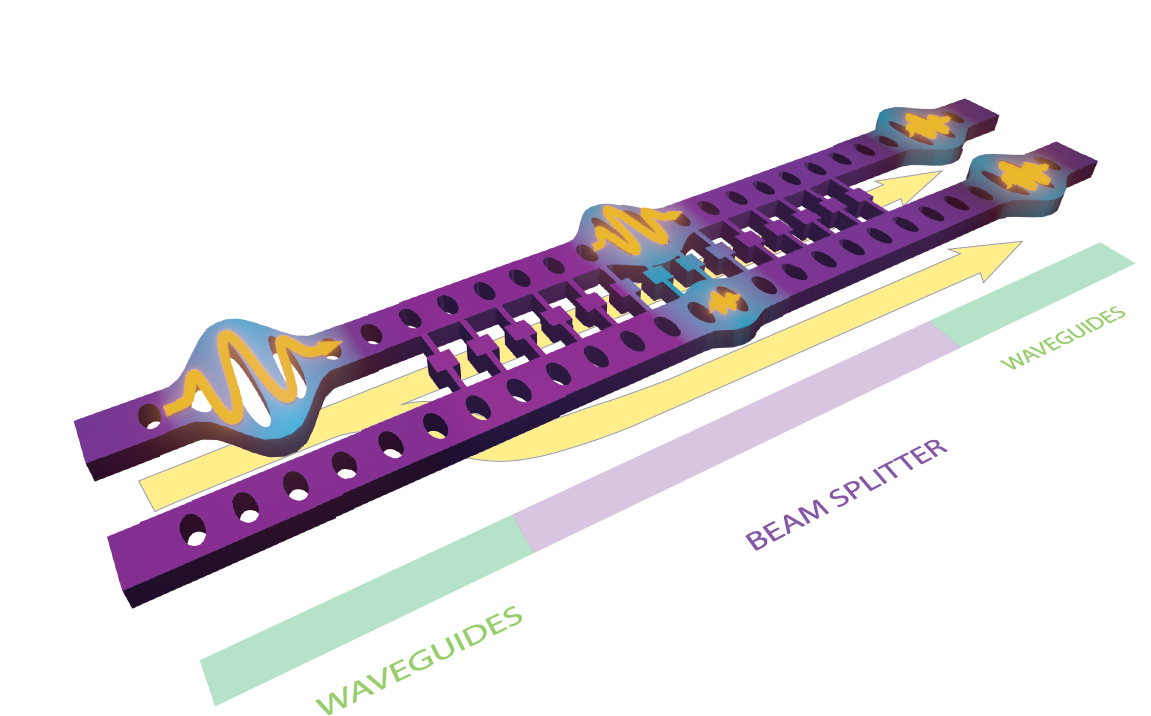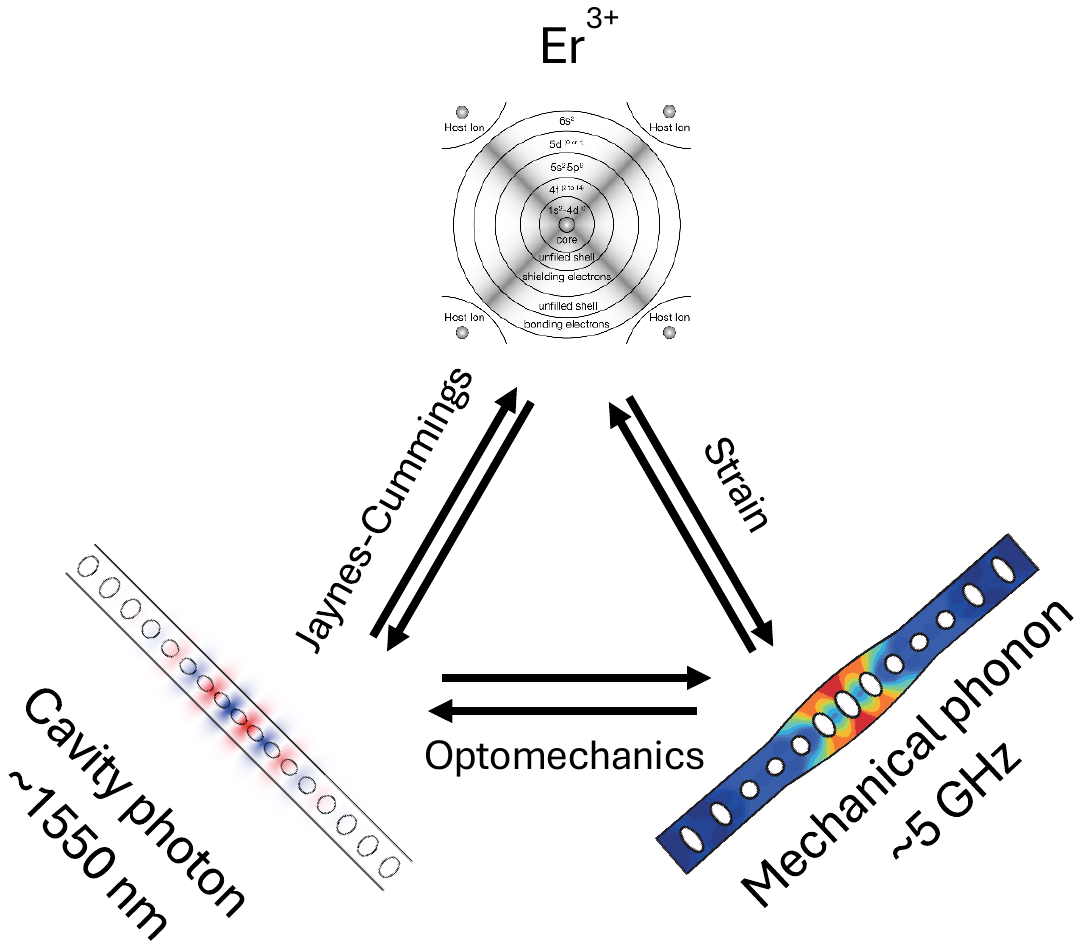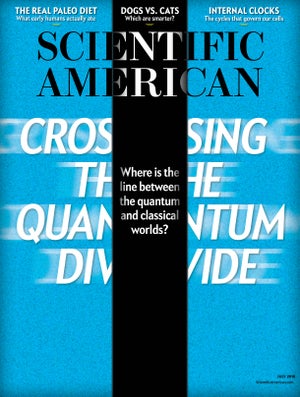Research
Here in Delft we are working on several distinct research directions, aiming at understanding the very foundations of quantum physics and its limits, as well as how fundamental research can lead to real-world applications. Many of our experiments are based on photonic and phononic crystals, which allow to control light and sound at the nanoscale. Our experiments involve techniques from quantum optics, finite element simulation, cryogenics, RF and high-vacuum technology. We nano-fabricate the devices we use for our experiments in house at the Kavli Nanolab. Our current research focus revolves around several main areas:

In our quantum acoustics team, we conduct fundamental research on quantized mechanical vibrations - phonons - and investigate their potential to interconnect quantum devices on a chip, aiming to develop hybrid quantum systems and networks. This includes using superconducting qubits as single phonon source and detector, as they can achieve near-perfect excitation and detection fidelities for single phonons, maintaining the purity of phononic states without introducing any additional noise. We design, fabricate, and characterise the elements required for multi-phonon quantum acoustics experiments, such as different phononic components and superconducting qubits. Additionally, we are exploring optomechanical interaction as sources and detectors for single phonons. This approach is a relatively mature way of exciting and detecting single phonons. By designing advanced, quasi-2D structures, we can achieve high efficiency and large quantum correlations.

Single-emitters in the optical domain, such as rare-earth ions, are a powerful tool to create complex quantum states and serve as a platform for novel quantum technologies. We implant single erbium ions in a host material, such as lithium niobate or silicon, allowing us to probe its optical, spin and mechanical properties. Our system leverages the Jaynes-Cummings interaction between cavity photons (at 1550 nm) and erbium ions, enabling robust light-matter coupling. Additionally, erbium ions interact with mechanical phonons (for example, a 5 GHz breathing mode) via strain, while the phonons couple to the cavity photons through optomechanical interactions. This multi-faceted coupling network offers a unique platform for exploring quantum information processing, quantum transduction, and coherent control of light, matter, and mechanical motion at the quantum level.

We strive to observe quantum signatures in large-mass, low-frequency mechanical resonators and to engineer macroscopic non-classical optomechanical states. Many of these experiments are performed at room temperature and can be used for fundamental tests of physics, such as exploring the quantum-to-classical transition, for applications in ultra-high precision sensing, including gravitational wave detection, or even in space exploration - such as the Starshot Breakthrough initiative.

Mechanics-based sensors have high susceptibility to a large of number of forces such as displacement, mass and electro-magnetic fields. In our group, we design and fabricate high-quality mechanical resonators and novel photonic crystals for advanced optomechanical (quantum) sensing and optics applications. By using high-stress silicon nitride nanobeams and two-dimensional phononic crystals for example, we can significantly enhance mechanical quality factors and create robust interactions with light. This enables on-chip sensing and spectroscopy measurement and hybrid system integration, advancing both fundamental research and practical applications.
As part of the Quantum Delta NL program and in collaboration with AMOLF, we have established a Mechanical Sensor Testbed, which aims to fill the gap between academia and industry. Working with the testbed, we investigate new sensing modalities for novel mechanical sensing platforms and act as a service oriented facility in which we collaborate with industry to bring mechanical sensors to the market.
 In the past, our research has been very prominently featured on the cover of Scientific American!
In the past, our research has been very prominently featured on the cover of Scientific American!
For more information please go to our Publications page. If you are interested in what we do, check out our Vacancies and reach out if you want to join the team!